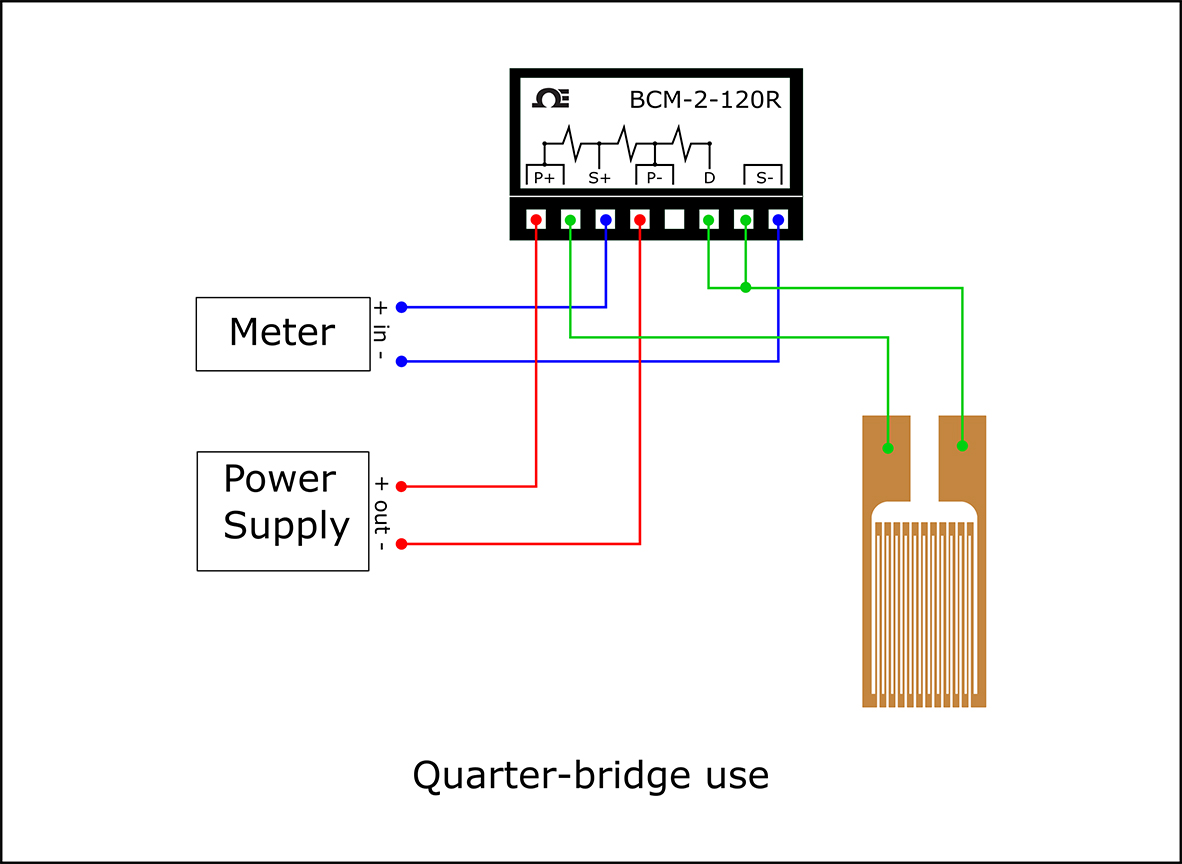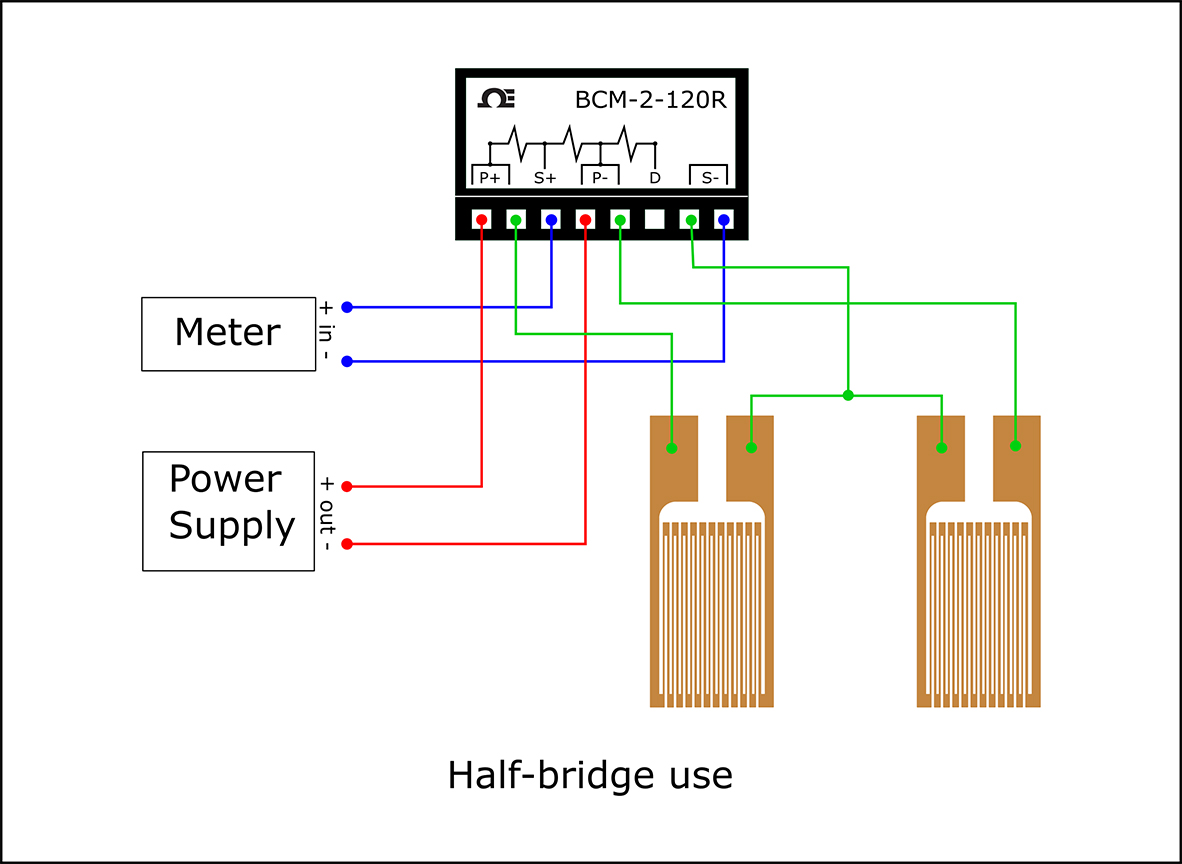Appelez-nous au 1-888-826-6342
Compact Strain Gauge Bridge Completion Module
120 Ω Resistor network
Remises de volume disponibles
Calendrier de remise sur volume
| Quantité | Prix unitaire |
|---|---|
| 1-4 | C$164.82 |
| 5-9 | C$156.58 |
| 10-24 | C$153.28 |
| 25-49 | C$146.69 |
| 50-99 | C$143.39 |
| 100+ | C$140.10 |
Ajouté à votre panier
Configuration terminée.
Veuillez ajouter au panier pour la conserver ou quitter la configuration
Veuillez ajouter au panier pour la conserver ou quitter la configuration
Échec de l'enregistrement des configurations, cliquez sur le bouton Configurer Recommencer
BCM-2-120R Options de modèles
Voir tous les modèlesModifiez ces spécifications pour commander un modèle différente. Toutes les combinaisons ne sont pas valides. Les options compatibles avec les sélections précédentes seront en gras.
*Les options en surbrillance ne sont pas compatibles. Veuillez sélectionner une combinaison différente.
Resistance
Features
An external bridge completion module must be used when instrumentation is not designed to measure a strain gauge directly. The BCM-2 Series employs metal-foil resistance elements bonded to a ceramic substrate. The packaging protects the resister circuitry and ensures long-term stability; in most cases, no additional protection is required, facilitating field use. The BCM-2 resistance elements are matched with each other and match the ceramic's thermal expansion coefficient, resulting in a low temperature coefficient of resistance (TCR).
Each module is marked with a circuit/wiring diagram for easy terminal identification and foam tape for easy attachment to the test-part surface or near the instrumentation site. Heavy, pre-tinned copper terminals facilitate the attachment of up to 22 AWG (0.64mm diameter) lead wires.
Completing a bridge circuit adjacent to the strain gage site creates a stable simple voltage differantial systme between the strain gage circuit and the instrumentation. Co-locating the strain gauges and BCM-2 also reduces the potetional for noise pickup in the lead wire system especially in situations where switch contacts, slip rings, or other mechanical connections are employed between the strain gages and instrumentation.
Cross to Vishay/Micro-Measurements MR1-350-130 & MRF-350-130
| Part number | Resistor Value |
|---|---|
| BCM-2-120R | 120 Ω |
| BCM-2-350R | 350 Ω |


Rated 5 out of
5
by
Nic V from
EZPZ
Works great! Takes the guesswork out of a wheatstone bridge
Date published: 2022-11-14
What is the pitch between the solder pads?
Hello, I have contacted our engineering team for this information. Can you kindly email us at pressure@omega.com? I can forward you the response as soon as I hear from them. Thank you.
Date published: 2023-10-30
If one wanted to shunt calibrate one of these devices, which terminals should the shunt resistor be placed?
Thank you for your inquiry, shunt calibration is usually connected across the negative excitation and the negative output terminals
Date published: 2022-10-28